Touring Italy (#3): The Genova Biosphere, a exciting microclimate in the middle of the water.
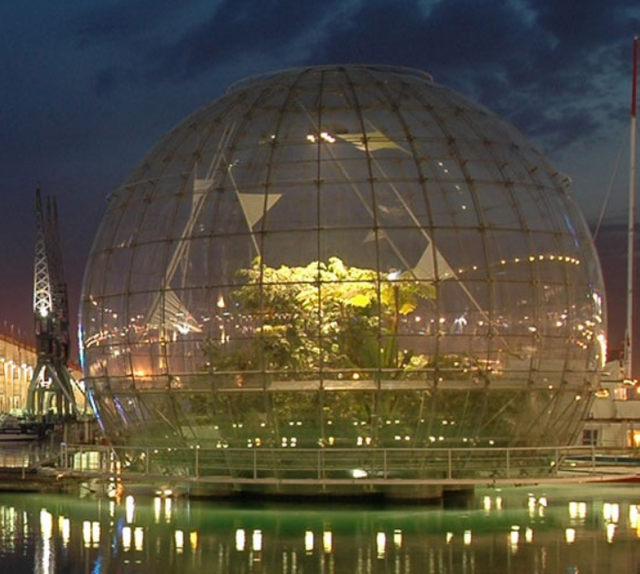
Entering a tropical forest with more than 200 plant and animal species in the Old Port of Genoa is a unique experience.
The Biosphere.
The Biosphere is the scenic structure created near the Genoa Aquarium, where you can learn, enjoy and defend the beauty of tropical forests.
This spectacular spherical glass and steel structure was designed in 2001 by the Genoese architect Renzo Piano and, thanks to a computerized air conditioning system, houses more than 200 species of plants and animals.
In homage to its author, the Genoese know it as the Bolla di Renzo Piano (The Sphere of Renzo Piano)
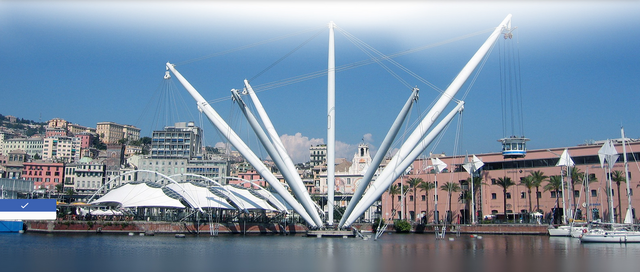
In the foreground the Biosphere, behind the Genoa Aquarium, inaugurated in 1992 to celebrate the 500th anniversary of the discovery of America and in the background the Genoese historic center.
These natural systems, among the richest in terms of biodiversity, see their borders shrink rapidly due to the rapid development of human activities.
Biosphere: microclimate and great emotions.
A small botanical garden in the water, the Biosphere is a complex and exciting microclimate, where, under the guidance of expert personnel, you can closely observe many species: turtles, fish, insects, reptiles and many birds such as the scarlet ibis, the diamond tangerine or the rare weaver bird.
It is a sphere of 20 meters in diameter, a total weight of 6o tons and an area for the exhibition that reaches 200 m2.
It was officially opened on January 16, 2002 and its total cost was 4 billion Italian liras (the euro had not yet been established as a mandatory currency).
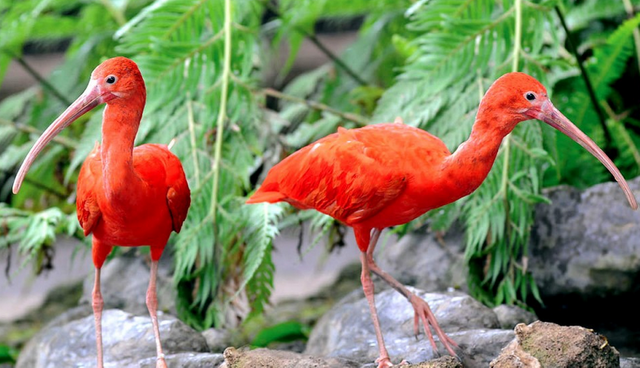
Scarlet Ibis or Red Corocoro, lord of the Biosphere. It is, without a doubt, for the intense color of its plumage and its graceful walk, one of the most visited species in the entire Biosphere.
The body is bright red in both sexes, with a long neck and a long, curved probe beak.
Its natural habitat is the coasts and swamps of northern Venezuela and the eastern plains of Colombia to southern Brazil.
Among the other varieties of names with which it is known we have red corocoro, corocora, red heron, cider or guará.
The Scarlet Ibis also called Red Corocoro is the most visited species in the entire Biosphere.
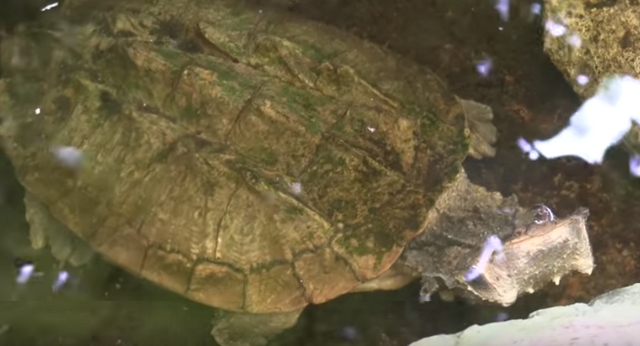
The Vietnamese leaf turtle.
The Vietnamese leaf turtle is one of the turtle species classified as threatened by the IUCN Red List.
The Vietnamese leaf turtle is distributed in the southeastern provinces of China (Guangdong, Guangxi, Hunan, Jiangxi), on the island of Hainan and in northern Vietnam.
On the other hand, the records of its existence in Cambodia and Laos are quite doubtful.
The habitat is represented by mountainous, humid, stream-rich primary forests. It is a predominantly terrestrial species, although it does not disdain water.
The leaf turtle, also known as the Vietnamese leaf turtle, is an endemic species of Southeast Asia and takes its name from the ease it has to blend in, hidden among the leaf litter and always near streams.
Genetically pure specimens of the Malaysian or red banana still exist, but in the wild.
Banana grows naturally in the Southeast Asia region, from India to the Malacca Peninsula, in Ceylon, the Philippines, and parts of Oceania, including Australia and Samoa.
It was introduced to Africa around the 4th century BC. C., from where it would arrive to the Caribbean and America carried by the colonists.
It is cultivated in New Guinea, Puerto Rico, the Dominican Republic, Venezuela, Ecuador, Cuba, Mexico, etc.
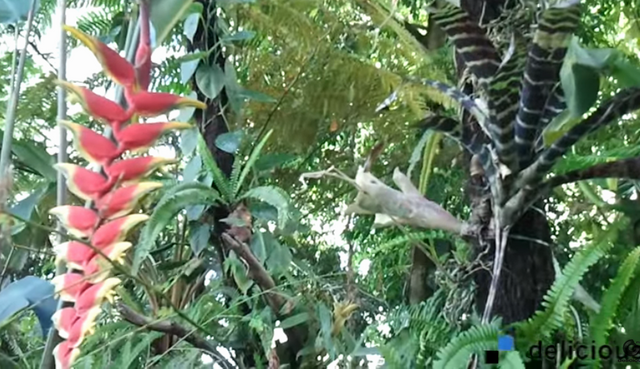
The banana, in the Biosphere, is another of the species that move the curiosity of the visitors.
By walking between ferns and palm trees, we can learn to recognize plants used by man, such as chewing gum, coffee, vanilla, and many exotic fruit trees.
Inside the Biosphere we can admire a complete tropical ecosystem.
Day gecko from Madagascar.
These geckos of diurnal customs inhabit jungle areas of northern Madagascar and some islands in the Indian Ocean.
They present a lively green color throughout their body with small specks of intense red color whose number and arrangement varies from one specimen to another.
These geckos are very active and nervous, so it is recommended not to manipulate them more than necessary, since a high level of stress can lead them to drop their tails as a defensive measure, and although they will regenerate over time, the process involves a lot of energy expenditure. for your body.
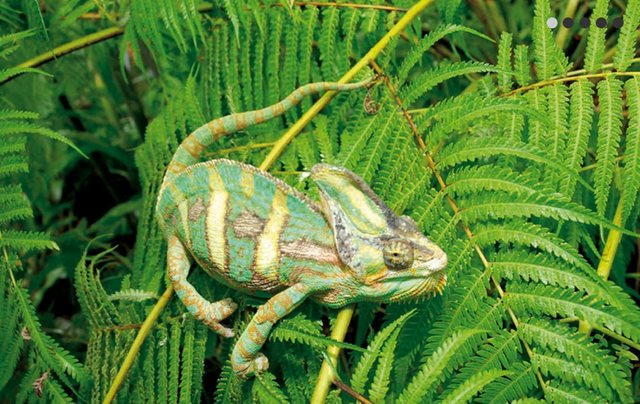
The Madagascar day gecko is an endemic species on the eponymous island.
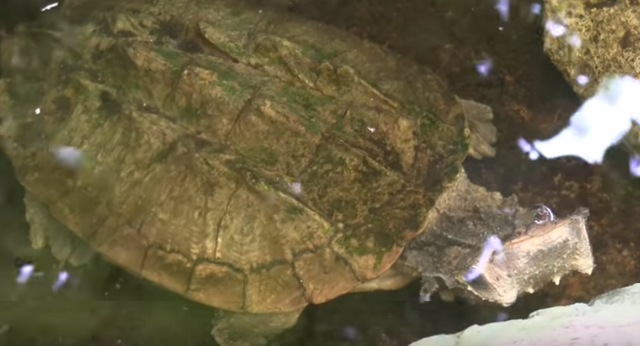
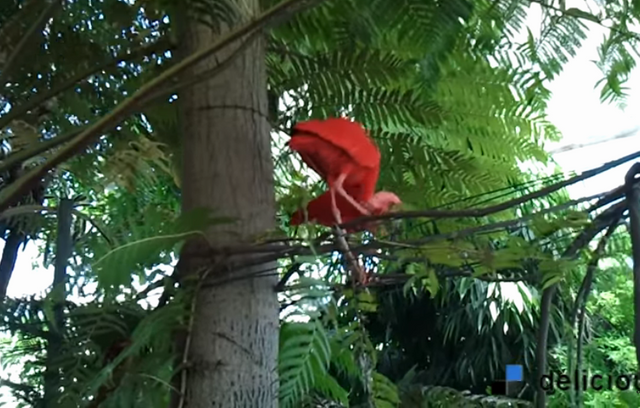
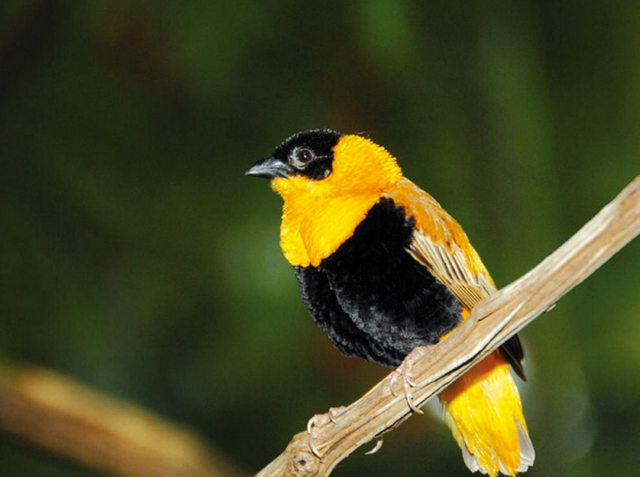
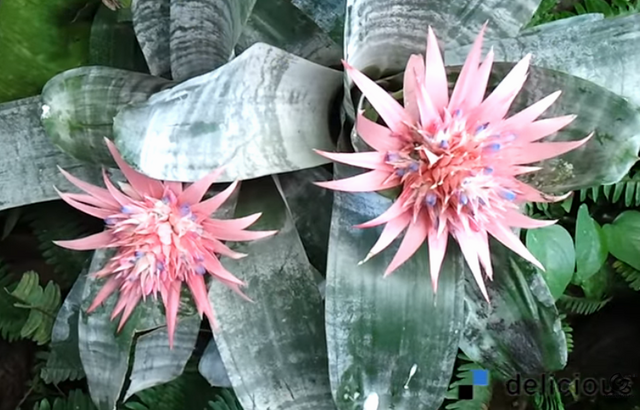
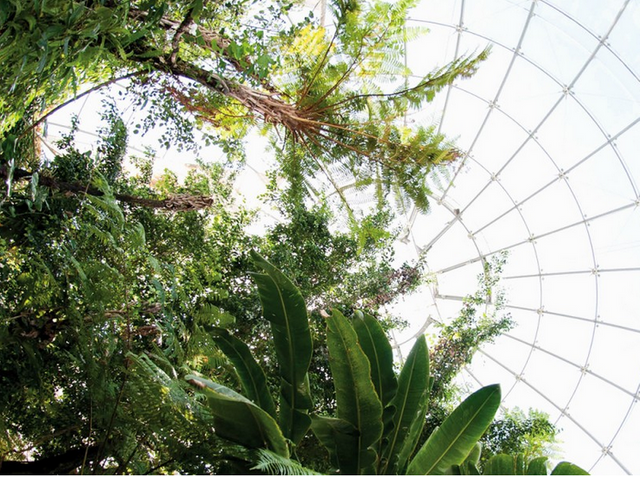
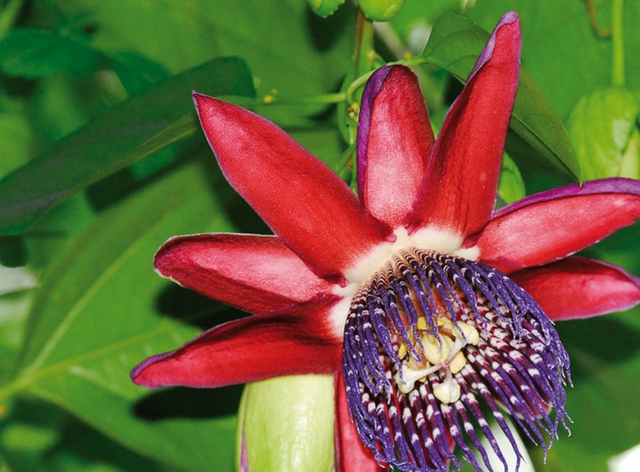
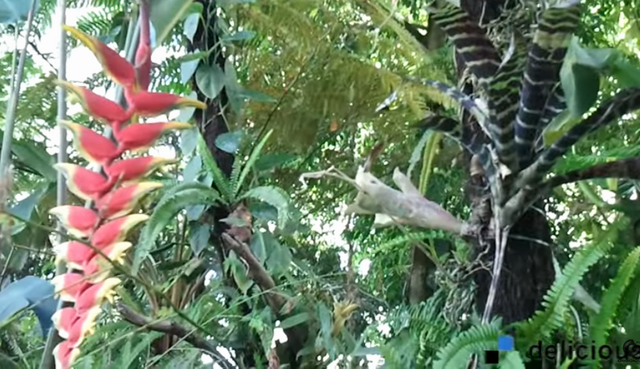
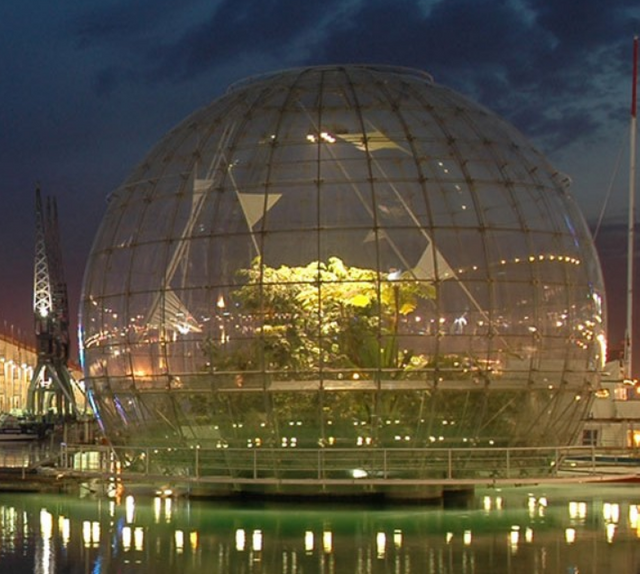
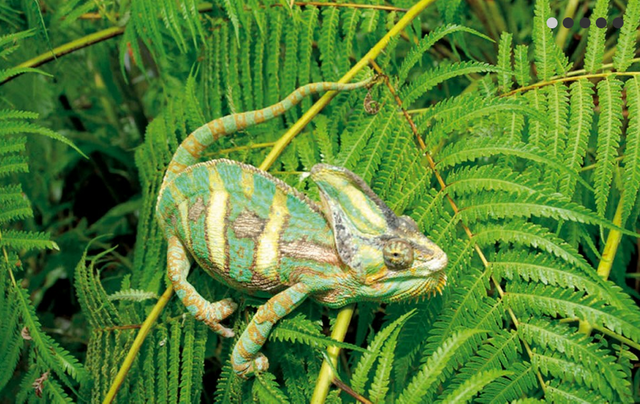
Source: Italy Photo Gallery
Read this post on TravelFeed.io for the best experience
.png)



Comments
Post a Comment